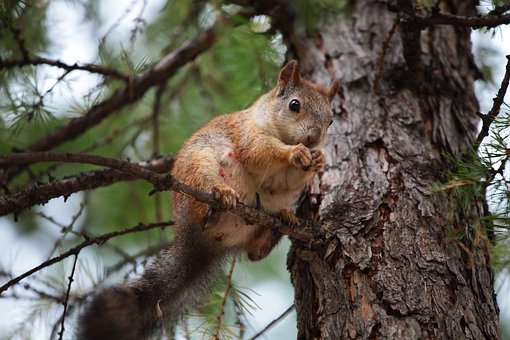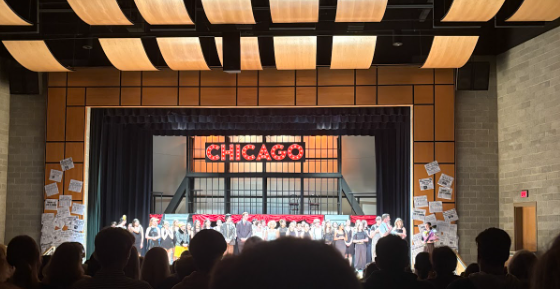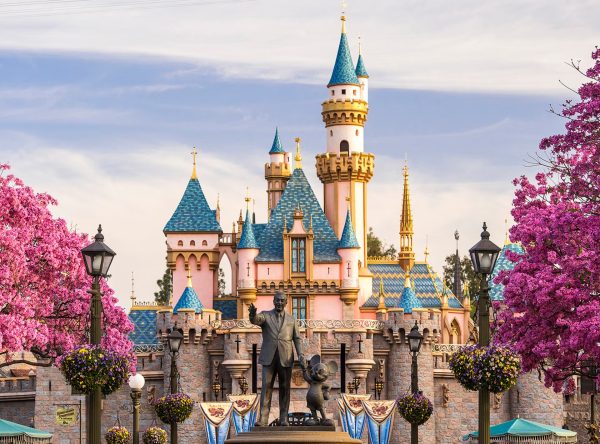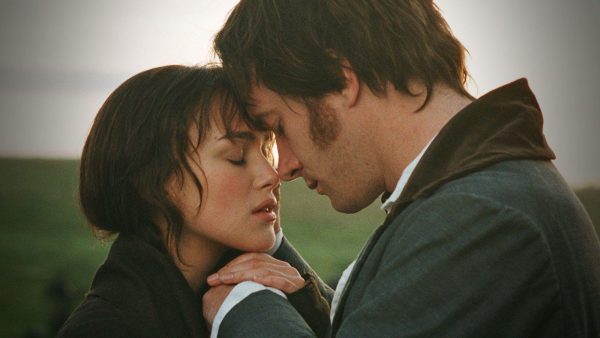Charlotte: The Queen City or Green City?

The loss of trees leads to loss of biodiversity in green areas. Photo courtesy of Pixabay.
January 24, 2022
Charlotte North Carolina is known for being a green city, this means we focus political actions and resources on protecting our natural environment. This was made official in 2013 with the approval of a major community sustainability plan. Everyone knows the importance of trees and their contribution to our everyday lives. Which is why Charlotte’s dwindling tree canopy is cause for concern.
In the last decade alone Charlotte has seen a 20% increase in population, creating a greater demand for housing. To meet these demands we have seen the loss of about 7,669 net acres of tree canopy. This loss goes fundamentally against what Charlotte strives to achieve as a green state. With many impending factors to this loss such as age, storms, and development we have seen a steady decline to our beautiful tree canopy. As a “City of trees” Charlotte has set an example for many others in hopes of protecting our environment. With achievements such as Charlotte Douglas international airport being awarded one of the greenest airports in the U.S. and campaigns such as “Keeping Mecklenburg Beautiful,” a campaign that promotes recycling and litter clean up, we can see the importance of this action reflected in the citizens of this beautiful city.
This city has been working to prevent this tragedy for years, with many campaigns, political actions, and citizen participation they foresaw the complications that would arise with a dwindling tree canopy. But this problem cannot be fully avoided. With the growing population and aging land there is no permanent solution, only preventative actions. And if these preventative actions are all we have then we must perform them, our trees are too important to give up on. We must do all we can to protect them.









